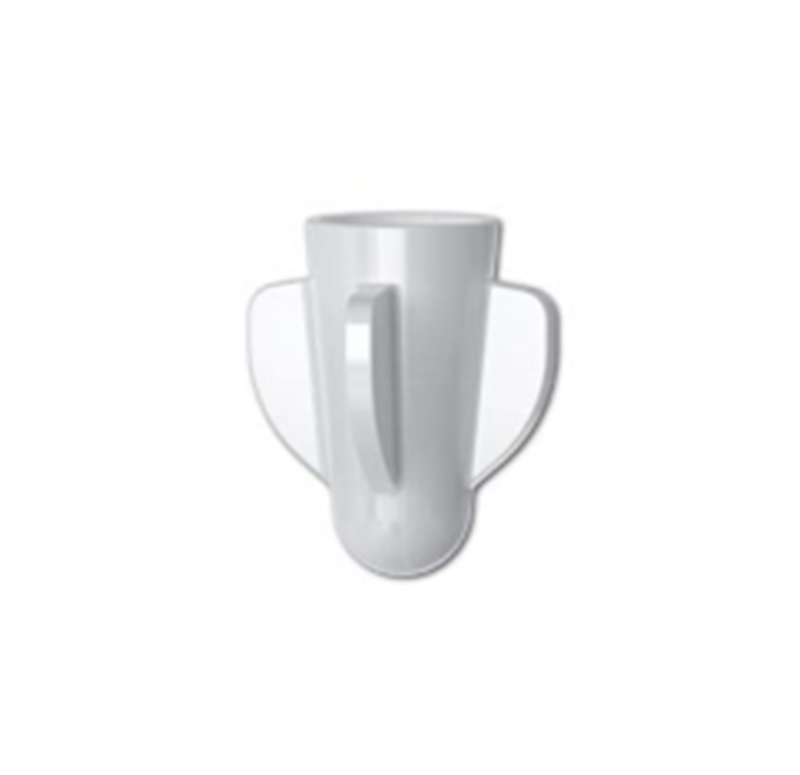What Should I Pay Attention To Before And After Hip Surgery?
 Oct. 17, 2019
Oct. 17, 2019
Hip surgery consists of an artificial acetabulum and an artificial femoral head. In the past, both of them used metal, and there were many complications in practice. At present, acetabular acetabulum made of ultra-high molecular polyethylene and artificial femoral head made of low-strength modulus metal are used at home and abroad. There are many types and designs of artificial total hip joints, mainly the diameter of the femoral head and the design of the acetabular surface fixed with the bone. The thicker acetabulum, the total hip with a relatively small diameter of the artificial femoral head, has small head rubbing force, stable artificial sputum, and small local reaction. In addition to the complications of artificial femoral head replacement, the complications of hip surgery include the loosening of the artificial acetabulum, dislocation and local reaction caused by the wear of the ultra-high molecular polyethylene surface in the weight-bearing area. This type of surgery is mainly suitable for those who have the following indications when they are over 50 years old. It is feasible to have total hip replacement. Those who are under 50 should be cautious. For example, the acetabular destruction is heavy or has obvious degeneration, the pain is heavy, and the joint activity is limited, which seriously affects life and work.
So what issues should you pay attention to before and after hip surgery? We will tell you as a Acetabular Cup System Hip Prosthesis Manufacturer.
Firstly, during the operation, the acetabulum is cleaned and refurbished into a qualified, sufficiently large, accurate direction artificial bonnet bed, which is extremely important for the stability of the sputum cap after installation. The cartilage surface must be completely removed to expose the subchondral bone. However, the sputum can not be repaired too deep, and the upper edge of the acetabulum can not be removed too much, so that the sputum cap is not fixed firmly and is prone to loosening. It is also impossible to penetrate the bottom. If there is penetration, the metal mesh and bone pieces should be added to prevent the bone cement from entering the pelvic cavity.
Secondly, using professional Hip Joint Intrument, the bone cement should be glued to the cap when it is properly polymerized. The best stage is when the bone cement surface is slightly wrinkled without sticking the glove, the center is still not dry, and the cancellous bone can be fully pressed. In the gap, it plays a firm and fixed role, and it is beneficial to achieve the purpose by gently hammering the cap. However, the trampoline must be dry, bloodless, soft tissue-free and clean. The cap must maintain a uniform and appropriate pressure, fixed in the correct orientation until the bone cement solidifies; but it can not be over-stressed so that the bottom of the sputum is continuous without bone cement; if the boring machine has protrusions, it will also affect the full filling of the bone cement. Because bone marrow mud has toxic effects on many elderly people, the current equipment companies have done biological devices, eliminating the toxicity of bone marrow mud!
Hip Replacement Centralizer
Should pay attention after surgery:
1. Be careful when moving, and maintain abduction, external rotation, and mild flexion. The trapezoidal pillow clip is fixed between the lower limbs for 3-6 months during sleep.
2. Prevention of antibiotics 24 hours after surgery, such as wounds, body temperature and no signs of infection, antibiotics can be stopped after 24 hours. Continue to use if available.
3. Effective vacuum suction is extremely important, mainly to prevent infection, and to observe and record the color change and drainage of the drainage fluid. The drainage tube should not be placed for more than 72 hours, and the tube can be removed after 24 hours of drainage.
4. X-ray film is routinely taken within 24 hours after surgery to check the position of the human bone in the acetabulum, and it is also convenient for postoperative follow-up comparison.
5. After the anesthesia is awake, the unfixed joints should be exercised for muscle contraction exercise and lower limb massage to prevent deep vein embolization. At the same time, you can also use the Hip Replacement Centralizer, which can better maintain the patient.
6. Strict regular follow-up to guide exercise and understand the situation. Regular X-ray examination to detect complications early, if there is pain, inflammation, should find the cause and deal with it in time. X-ray examination should pay attention to observe the presence or absence of bone and bone cement, the translucent band between the handle, the shank fracture, the fracture of the bone cement, the relationship between the shank end and the inner side of the medullary cavity, the sinking of the prosthesis, the absorption of the femur, and the cementation of the medial end of the femur. Splitting, bone absorption, etc.
The above is the precautions for hip surgery, I hope to help everyone.














